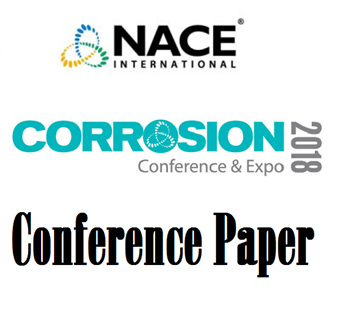Search
01033 CONTROL OF TOP OF LINE CORROSION BY CHEMICAL TREATMENT
Also Purchased
09286 Top of the Line Corrosion Control by Chemical Treatment
Product Number:
51300-09286-SG
ISBN:
09286 2009 CP
Publication Date:
2009
$20.00
51318-11117-Top-of-Line Corrosion Inhibiton and Proposal of an Inhibition Mechanism
Product Number:
51318-11117-SG
Publication Date:
2018
$20.00
08470 Top of the Line Corrosion in H2S/CO2 Environment
Product Number:
51300-08470-SG
ISBN:
08470 2008 CP
Publication Date:
2008
$20.00
Recently viewed




